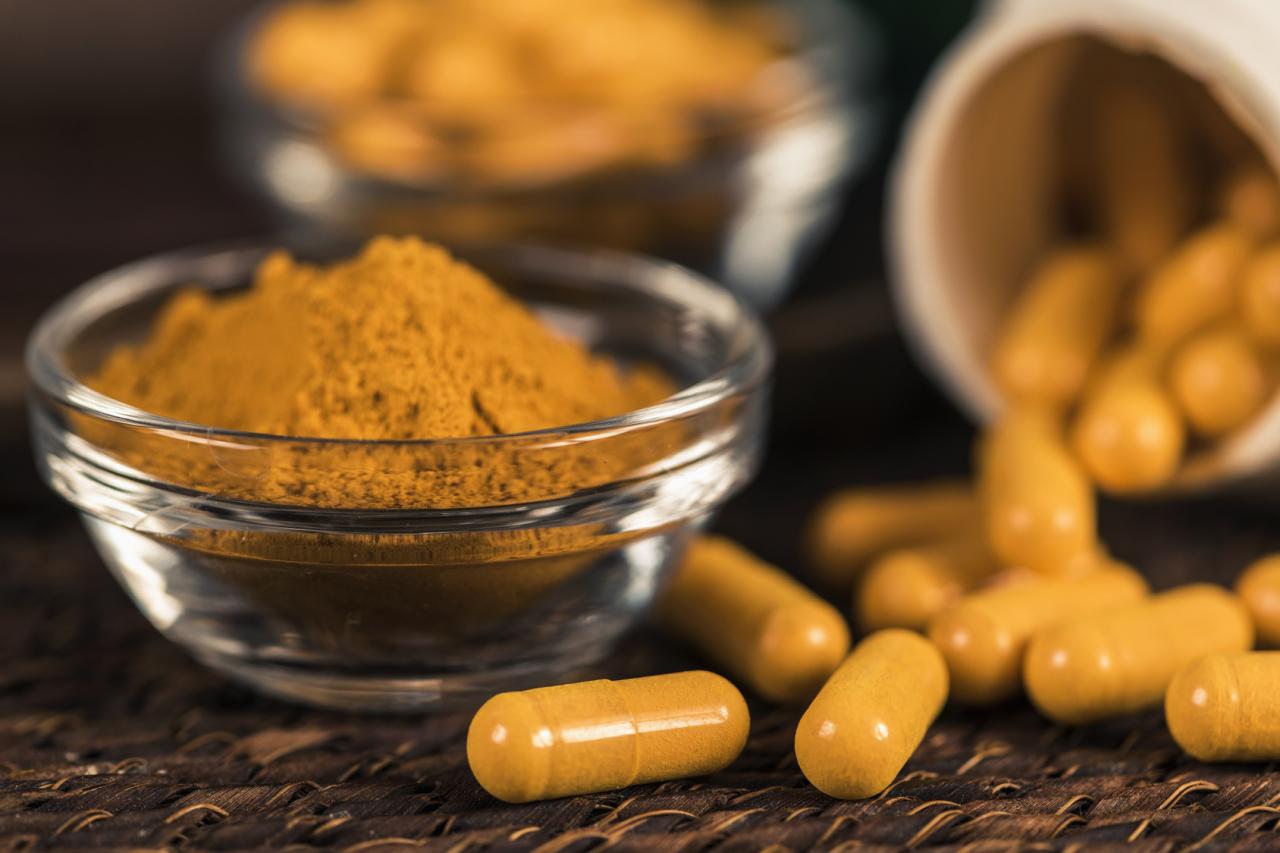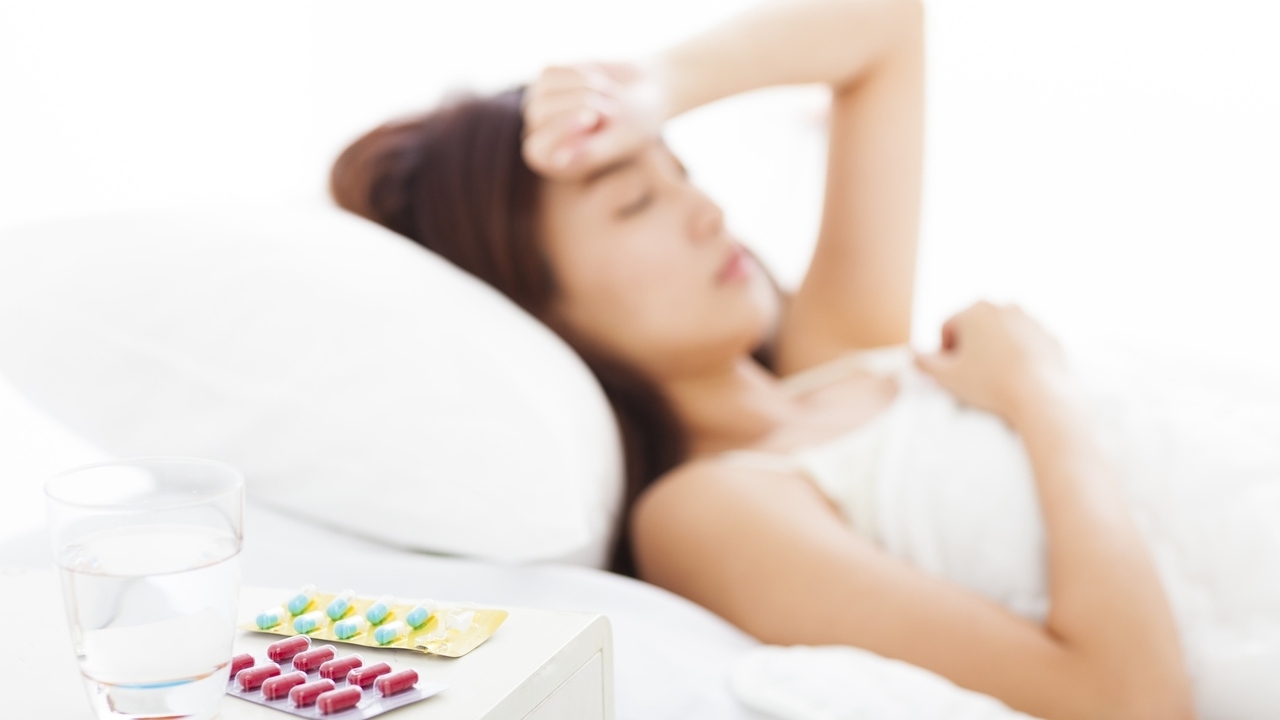 Photo: Getty Images
Photo: Getty Images
Despite the extreme discomfort migraines give, it is possible to obtain symptomatic relief at least to some extent. Here are a few tips at what can be done should you be in the grips of a migraine attack. However, it is important to keep in mind that the priority is get a medical help and consultation at the earliest. The tips below are to serve only till you are able to see a doctor.
• Excruciating pain
Pain may be tackled with NSAID (Non-Steroidal Anti Inflammatory Drugs) ibrufen, naproxen, diclofenac sodium, etc. It may also be managed by analgesics such as paracetamols, aspirins etc. However, it is recommended that you take any one of them as per the dosage and instructions on the label after a light meal of complex carbohydrates or some non-acidic foods. It is important that painkillers be taken at the first signs of migraine. Putting an ice pack on the painful area also helps. (1)
• Nausea
Nausea may be tackled with taking of anti-emetic along with the analgesic in the prescribed dosage. It is also important to not stay on an empty stomach for long durations. A light snack taken frequently helps in stubbing the queasiness and helps by utilising the excessive bile migraineurs release during attack episodes.
• Visual Aura
The best way to manage a visual aura is to stop or put down what you are doing and stand until you can get to a place where you can sit or lay down. It is dangerous to operate any machinery or drive at such times. Breathing in deeply and fully massaging the temples with a balm may aid temporarily.
• Light and sound sensitivity
Going to a dark room or one with curtains drawn and lights turned off helps. Wearing dark glasses helps when outdoors. Noise disturbances may be managed with an earplug or by putting cotton wool in the ears to keep out or dull the surrounding noises.
• Constipation
Constipation may be helped by taking tepid fluids such as warm milk or ginger tea or warm water etc. It is also advisable to have allergy-free natural laxatives like flaxseeds and a high fiber diet including wholegrain cereals if you are gluten tolerant.
• Diarhhea
Yet another accompanying nuisance with migraines, diarrhea may be managed by taking stomach-binding foods and avoiding those with high fiber content.
• Diet Inclusions
Holistic Health Therapists recommend the inclusion of herbs such as feverfew, St. John’s Wort and butterbur in one’s diet. Calcium and magnesium supplements may help take the edge off migraines. Tryptophan and omega-3 rich foods and B vitamins are also advised by doctors.
• Complementary Alternative Medicine
Complementary Alternative Medicines offer support therapy that aid in the management of migraines. Help comes from yoga, aromatherapy, massage, reflexology, shiastu, acupuncture, sujok, biofeedback, chiropractic, cranial osteopathy, homeopathy, ayurveda, reiki, Alexander technique, autogenic training, etc.
• Mainstream Migraine Medication: Excedrin Migraine
Excedrin is a leading non-prescription drug from Novartis from the acetaminophen or paracetamol family that uses a combination of paracetamol with caffeine and aspirin designed especially to tackle migraine pain. Excedrin is available in geltab, tablet and caplet forms. Dosage and frequency of drug intake should be as per label instructions or doctor’s advice. It is important to understand and comply by the contraindications and warnings mentioned on the label of Excedrin Migraine and all other drugs.
Abortive medications sometimes used by doctors are:
• Analgesics: aspirin, paracetamol/acetaminophen
• NSAIDs: ibuprofen, diclofenac sodium, fenoprofen, ketorolac, indomethacin, tolmetin, celecoxib
• Ergotamines: dihydroergotamine mesylate, ergotamine tartrate
• Corticosteroids: methylprednisolone, decsamethasone
• Opiods: morphine, codeine, oxycodone
• Combination: analgesics containing barbiturates, analgesics containing opiods/narcotics
• Triptans: sumatriptan succinate, elitriptan hydrobromide, almotriptan malate, frovatriptan, naratriptan
Secondary prophylactic drugs (those that would keep the symptoms from getting worse) could also be recommended by the doctor to manage migraines. Examples are:
• Anti-depressants: phenelzine, nortriptyline, amitriptyline
• Beta Blockers: propanolol, atenolol, verapamil
• Anti-convulsants: Ttpiramate, divalproex sodium
• MAO inhibiters: phenezine sulfate
• Calcium channel blockers: flunarazine
(2)
SOURCES:
1. Migraine Awareness Group: A National Understanding For Migraineurs (M.A.G.N.U.M); Treatment and Management- Current Treatment Methods – General Pain Management; Web 7 Sept. 2011. http://www.migraines.org/treatment/treatctm
2. Migraine Headache; Dennis Lee, MD, Harley I. Kornblum, MD, PhD; MedicineNet.com.Web 7 Sept. 2011. http://www.medicinenet.com/migraine_headache/page6.htm
3. Excedrin Migraine. Drugs.com. Web 7 Sept. 2011.
http://www.drugs.com/mtm/excedrin-migraine.html
INFORMATION IN THIS ARTICLE IS NOT MEDICAL ADVICE. ALL INFORMATION GIVEN IS TO BE CHECKED WITH YOUR DOCTOR BEFORE IMPLEMENTING OR TAKING THEM AS STANDARD OR VERIFIED.
Mamta Singh is a published author of the books
Migraines for the Informed Woman – Tips From A Sufferer: ISBN: 978-81-291-1517-1
(Publisher: Rupa & Co. URL: http://www.amazon.com/Migraines-Informed-Woman-Tips-Sufferer/dp/8129115174/ref=sr_1_2?ie=UTF8&s=books&qid=1298990756&sr=1-2)
Mentor Your Mind – Tested Mantras For The Busy Woman: ISBN: 978-81-207-5973-2
(Publisher: Sterling Publishers; URL: http://www.sterlingpublishers.com/search_result.asp)
and the upcoming
The Urban Woman’s Integrated Fitness Guide
(Publisher: Hay House India)
She is also a seasoned business, creative and academic writer. She is a certified fitness instructor, personal trainer & sports nutritionist through IFA, Florida USA.
Mamta is an NCFE-certified Holistic Health Therapist SAC Dip U.K. She is the lead writer and holds Expert Author status in many well-received health, fitness and nutrition sites. She runs her own popular blogs on migraines in women and holistic health.
Mamta holds a double Master's Degree in Commerce and Business. She is a registered practitioner with the UN recognised Art of Living Foundation. Please visit www.mamtasingh.com
Reviewed September 8, 2011
by Michele Blacksberg R.N.
Edited by Jody Smith






Add a Comment2 Comments
Thank you Samk. I am positive that the information you've shared about light sensitivity will benefit migraineurs.
Best Regards
September 8, 2011 - 11:30pmMamta
This Comment
Mamta, great advice and thanks for listing so many awesome resources. The light sensitivity you describe on page 1 is one of the most common symptoms of migraine, especially sensitivity to the blue-green part of the light spectrum (emitted most commonly by non-incandescent sources of light: fluorescent lights, computer screens, gas lamps etc). You can read more about light sensitivity and how FL-41 glasses can help at: http://axonoptics.com/what-causes-migraine-headaches/natural-migraine-relief/
September 8, 2011 - 3:01pmThis Comment